A new year means a new season of WXO Campfires – and a whole host of new faces, with 58 people logging onto our latest meeting of minds. They came from as far afield as Tel Aviv and Arizona, and from businesses including Fever and Whole Foods Market. The age of experiences has arrived…
We think the dawning of a new age deserves a new set of frameworks to express it. To define a field, you need tools. This is one of our key aims at the WXO: to give experience designers the language, connections and confidence they need to raise the profile of what they do and compete in a global marketplace. (It’s also why we’re working on an Experience Certification with a group of dedicated experience experts – stay tuned for more details in 2022.)
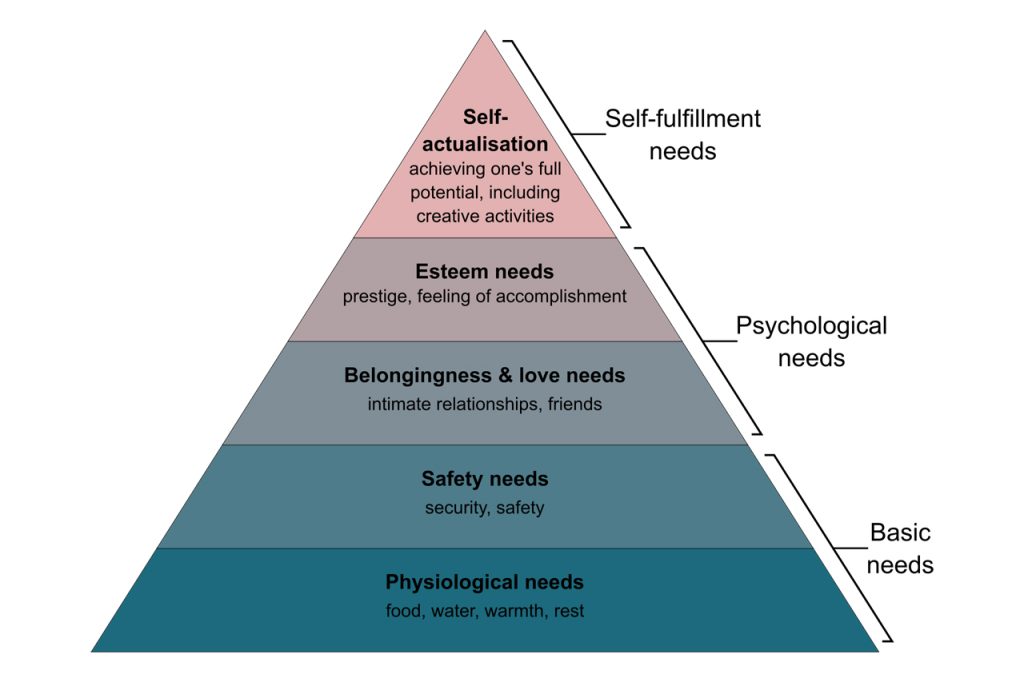
And what better framework to give a refresh than Maslow’s hierarchy of needs? Now, there’s nothing wrong with Maslow. His work is a universally recognised, handy reference point, that can be (and is) whipped out in many a meeting to get everyone thinking in the same lane.
However, it’s also unsatisfyingly general and overused to the point of – dare we say it – boring. To truly sell the value of experiences, we need something more specific.
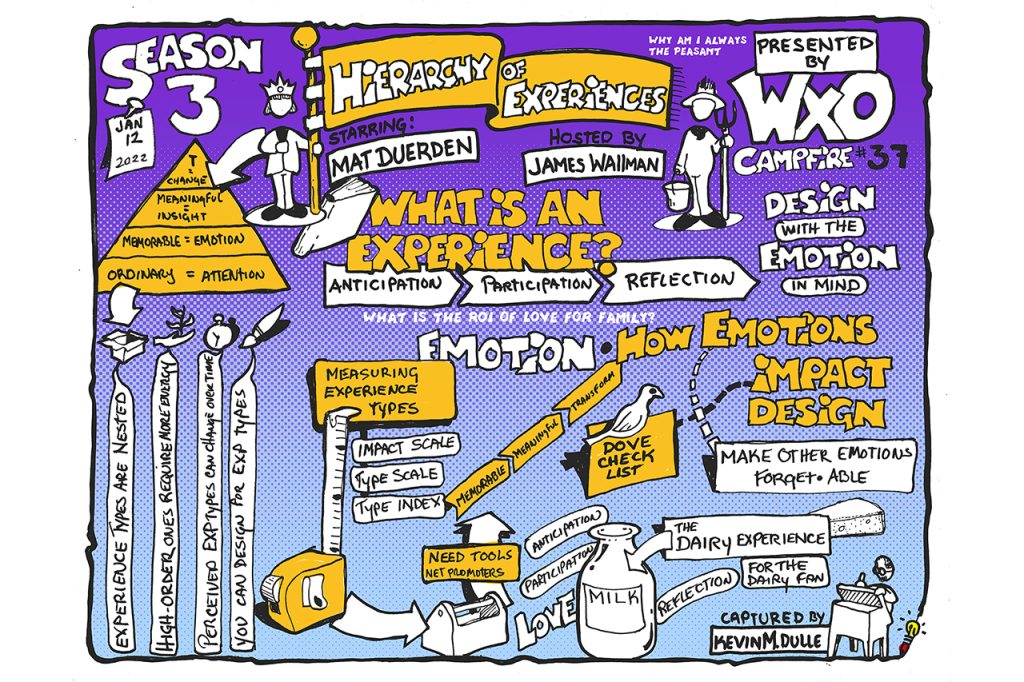
Enter Mat Duerden: an associate professor at the Marriott School of Business at Brigham Young University, where he teaches Experience Design, and the co-author of the book Designing Experiences alongside fellow WXO Co-Founder Bob Rossman. Duerden wanted to define experience types and map them onto a hierarchy to create the hierarchy of experiences: a simple yet revolutionary tool to guide the way we design and communicate experiences.
Here’s what we learned from Duerden’s simply brilliant Firestarter talk – and to hear what it ignited in our participants, read on for their reactions.
1. When Designing Experiences, Serendipity Rules
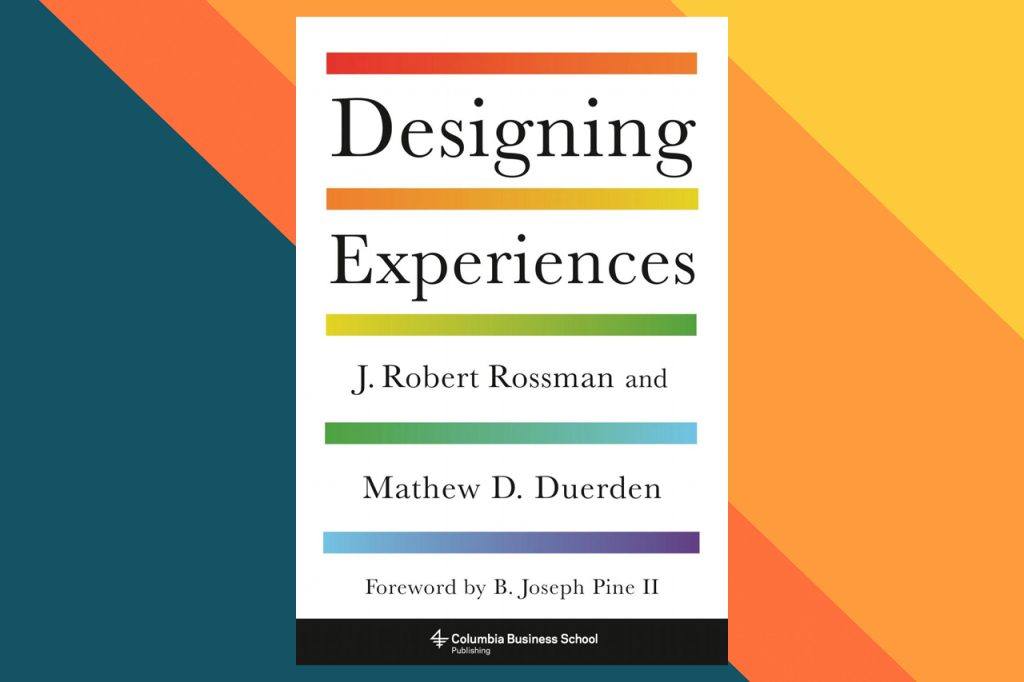
“If I design the experience, it’s not up to me what the outcomes are. It’s up to the the people who are going to participate.”
Mat Duerden, experience design professor
Unlike when you design a tangible product, like a chair, or a service that is designed to deliver a certain outcome, designing for experiences is much more abstract, Duerden explained. This perhaps makes experience design a little scary, or risky – but it also makes it much more exciting. Thanks to the central role the participant plays, when it comes to experiences, serendipity rules.
Duerden uses this as the starting point for his experience design journey. The participant x the experiencescape (the orchestrated elements of the experience) lead to subjective reactions, like memories or stories. This speaks to the fundamentally co-created nature of experiences, which unlike services are designed with, not for people. (For a more in-depth dive into this topic, check out Campfire 4: The Difference Between Services And Experiences.)
Duerden also points out that experiences are designed not only for participants, but also for providers. We want the participant to have a good time or be transformed, but we’re usually also looking for a certain outcome ourselves, whether that’s for them to buy something, change their opinion or reconsider their behaviour.
“How do you design experiences that produce desired outcomes for both participants and providers?”
Mat Duerden, experience design professor
2. Design For Three Phases: Anticipation, Participation, Reflection

The parts of the experience equation mapped out above also link to the three phases of an experience.
Participant = Anticipation
Experiencescape = Participation
Subjective reactions = Reflection
It’s therefore important to think about what we are doing intentionally to help people anticipate, participate and reflect on an experience, so that they tell the right stories about it after they lead – and hopefully anticipate having another experience in the future.
3. The Degree Of Transformation Depends On The Experience Type
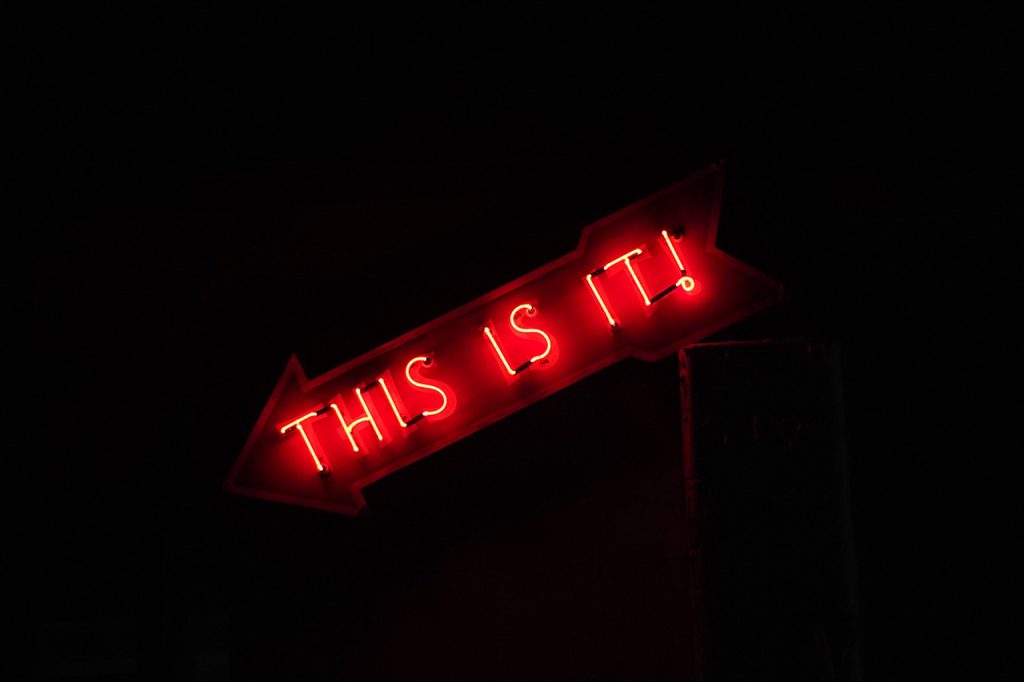
“People loosely use terms like ‘memorable’ or ‘transformational’ without really articulating what they mean or what the difference is. It’s important to define something in order to design it the right way and then measure if your design is effective.”
Mat Duerden, experience design professor
To cut through these buzzwords, Duerden looked at the existing research on experiences and defined four types:
- Ordinary. We might pay attention to these everyday experiences in the moment, but they’re not “sticky” enough to make an impact.
- Memorable. If we not only pay attention to an experience, but also experience an emotion – whether positive or negative – it becomes memorable.
- Meaningful. If we then add insight – i.e. learn something about ourselves, an idea or person, or the world around us – the experience then becomes meaningful.
- Transformational. When all of the above plus a change occurs.
Among this subset of extraordinary experiences, Dueden distinguishes between “small t” and “big T” transformations, ranging from a change in attitude on a particular topic through to significant identity change. He also points out that some experiences can feel transformational in the moment, but fade a few weeks later, whereas others – a last interaction with someone who then passes away, for example – can feel insignificant in the moment, but become transformational upon reflection.
The key idea is that these four experience types form a hierarchy from common (ordinary) to uncommon (transformational).
You can then intentionally design for experience types by thinking about the different stages and considering the following questions (part of an ongoing, evolving list):
- Are there certain experience factors – novelty, challenge, social connection, etc – that are most predictive of a certain experience type?
- Can I turn up the dial on these factors to design a certain type of experience?
- Do I need to design three memorable touchpoints for each stage of the hierarchy, or can I just go for a transformational experience that tacks attention, emotion, insight and change into one?
- Why are people coming to me to have this experience?
4. Measurement Requires A Toolkit, Not A Hammer
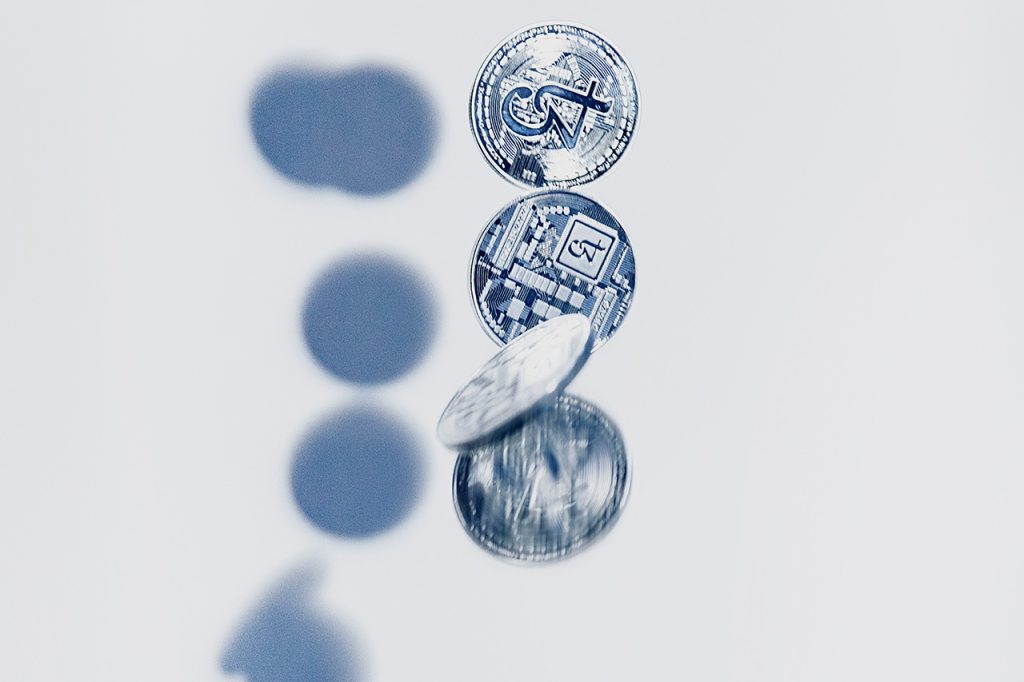
Perhaps one of the most important questions that arises from this hierarchy is that of measurement. We want to not only say we’re providing meaningful, memorable and transformational experiences, but prove that we are doing so.
“To design and deliver something, you’ve got to measure it to understand what’s working and how you can continually improve.”
Mat Duerden, experience design professor
Being able to share this value is powerful not only for designing and improving experiences, but also to show our clients or employers this value. (See WXO Co-Founder Joe Pine’s recent piece in the Wall Street Journal about inflation and the importance of experiences for more on this topic.) This build, measure, learn approach is the archetype of start-ups and offers a more scientific approach to creating a product, business or experience.
You also need tools to define a field, but you can’t do everything with a hammer – for example, a 20-minute experience will require different tools to one that takes several months to unfold. At Brigham Young, Duerden and his colleagues use three methods to measure experience types:
Experience Impact Scale. A number of colleagues, led by Neil Lundberg, collected data from students who had been on study abroad experiences using this framework of memorable, meaningful and transformational. They asked them to describe the experiences they had and the analysis that came out of the pool of responses produced these 10 statements that line up with ways to describe memorable, meaningful and transformative experiences.
Experience Type Scale. For shorter term experiences, Duerden pointed towards Net Promoter Score (NPS) as a way to measure their effectiveness and get a snapshot of what performs well – for example, by asking questions such as “What’s the likelihood you’d recommend this experience to someone else?”
Experience Type Index. A more streamlined post-experience survey to get a sense of on average, how people are perceiving this experience. Was it meaningful, memorable, transformational, or none of these? It also allows you to look at differences between groups – is this meaningful for females, but not for males? What are the different profiles of participants when it comes to these experience types?
5. Everything Starts With Emotion
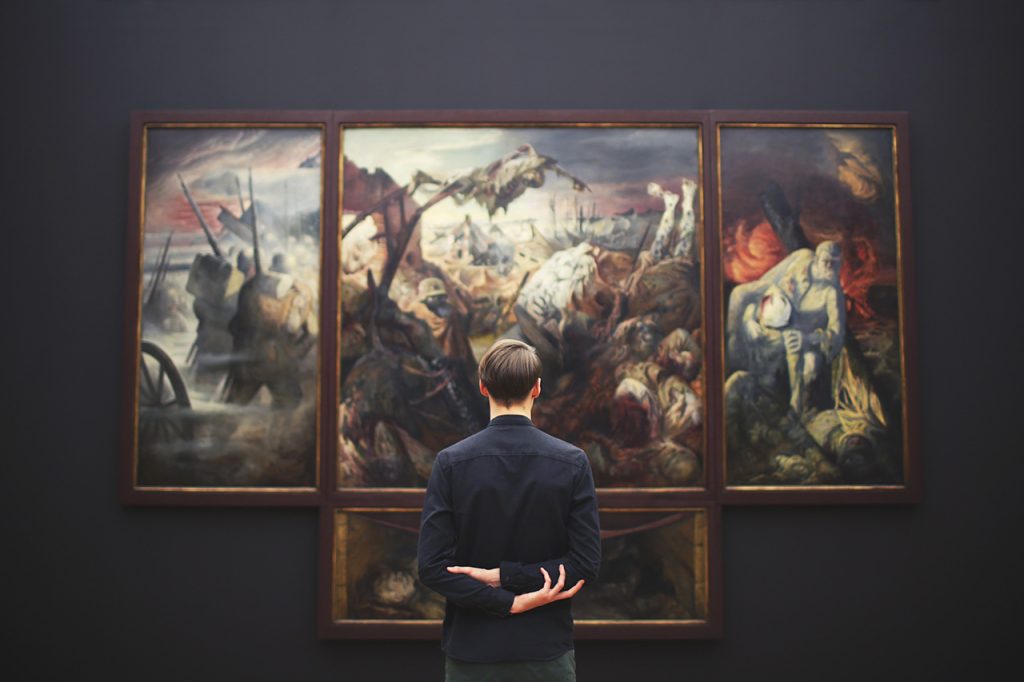
Packer, Ballantyne and Bond at the University of Queensland developed the DoVE Adjective Checklist – a list of emotions that people can check upon leaving an experience that provides an emotional profile of the experience. The DoVE checklist uses this scale across different free-choice learning environments such as aquariums and museums so they can provide averages and comparisons.
This is interesting because if you’re looking to evoke a specific emotion as your outcome, you can measure the success and make any necessary changes. (The idea of priming people to better enjoy an experience by giving them a list of emotions is something we’ll be exploring in an upcoming Campfire.)
If we think of the Hero’s Journey, the emotional arc follows the three phases of an experience (anticipation, participation and reflection). Before our hero crosses the threshold, they might feel hesitant or excited. As they progress, insights are often gained and they have a change of perspective – the experience suddenly becomes not just memorable, but meaningful. Transformation often occurs right at the end – because if a transformation doesn’t last back into the ordinary world, was it really a transformation?
The hierarchy of experiences can help us to understand and sequence these memorable, meaningful and transformational experiences. Because if you want to provide extraordinary experiences, you need to design for them.
How To Turn Ordinary Into Memorable – And Vice Versa
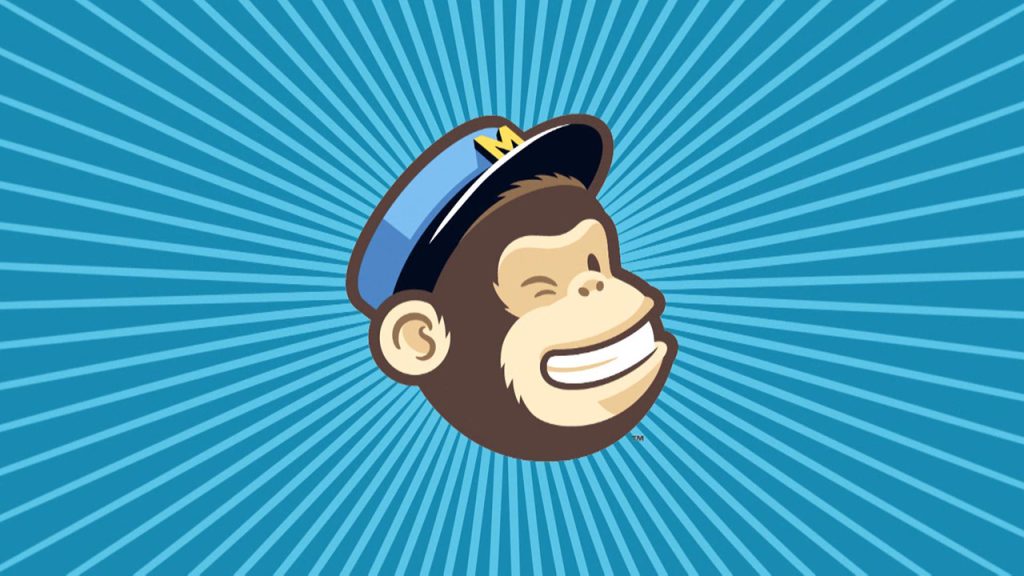
We then opened the discussion out to our Campfire, asking them to reflect on the experiences they create with relation to the three phases of design, experience types and how to intentionally design and measure for these types.
Sometimes you’re not designing an experience to create emotion, but to save time or remove pain points, as Anita Sciassos is currently doing for a banking client. She wondered how the experience types might relate in this instance.
“Sometimes making negative memorable experiences ordinary can be the right thing to do.”
Mat Duerden, experience design professor
Moving down the hierarchy might seem counterintuitive – but as John Connors points out:
“In event planning, 90% of your job is getting stuff out of the way so participants can notice the 10% that matters. Some experiences are boring, but there’s still an opportunity to create brand affinity by moving pain out of the way – by clearing some space where there used to be misery by doing something fun.”
John Connors, experience strategist
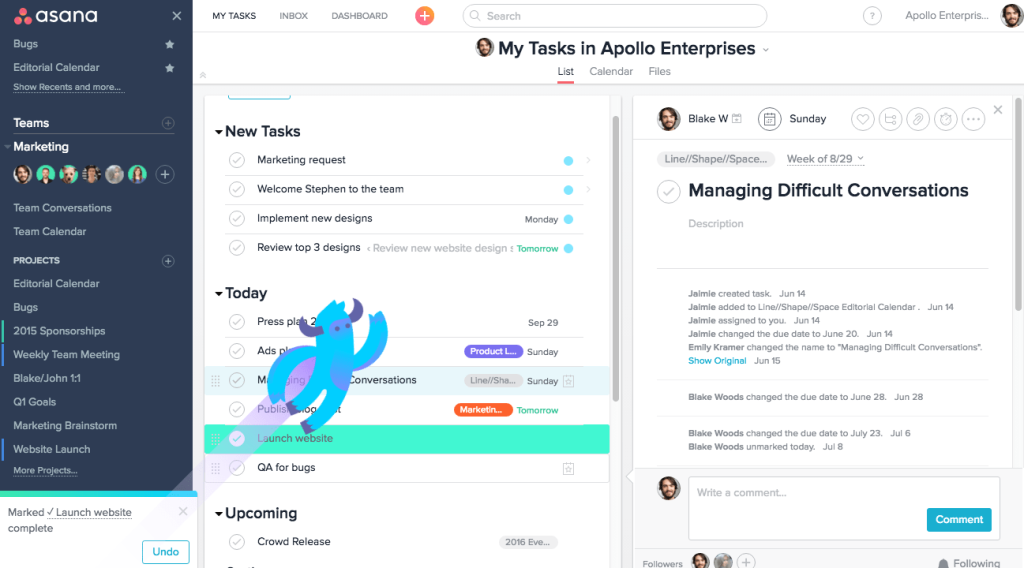
He gave the example of how the mailing system Mailchimp rewards sending an email to a large group with an animation of a chimp giving you a high five, or how the office management tool Asana rewards the completion of a task with a unicorn or narwhal flying across the screen. By replacing a pain point with a moment of affinity, you build a relationship between brand and customer.
Three Examples Of The Three Phases Of Experience
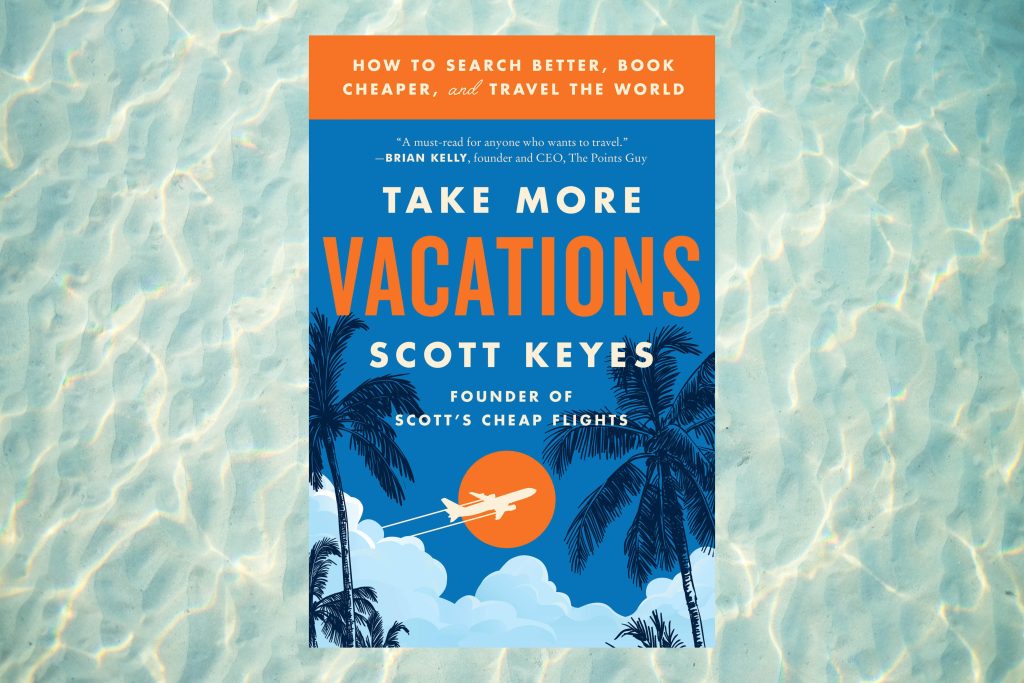
We’ve spoken before about the difference between the anticipating self, experiencing self and remembering self, as discussed in WXO CEO James Wallman’s book Time and How To Spend It. Creative producer KJ Knies picked up on the importance of the anticipating self within travelling with reference to Scott Keyes’ book Take More Vacations : How to Search Better, Book Cheaper, and Travel the World.
“One of the key features of travelling is the anticipation of travelling, not just the travelling itself. Similarly, I think the anticipation of the experience is as important, if not more important, than the experience itself.”
KJ Knies, creative producer
Indeed, research shows that people are actually unhappier after a vacation than they are before a vacation – the post-holiday blues, if you will.
Tim Worboys, the founder of WallJAM – an interactive challenge wall that uses sensors and LED technology to deliver the gamification of football – was also interested in the segmentation of an experience into three phases.
“For the anticipation we’re trying to build a profile on an individual player and bring them into a community. They create their own avatar, they get their club colours, so they’ve created their own identity before they come into the experience. There’s the physical play participatory element of the experience. And the reflection is how we feed the personalised data from their play back to them with memories such as videos of them playing, which we can align to brands we work with like the UEFA Champions League, Pepsi Cola or EA Sports.”
Tim Worboys, Founder, WallJAM
Experience strategist Harsh Manrao sees these three touchpoints in terms of priming, the experience itself, and triggers. Talking of a village school project he is currently working on, Manrao explained:
“Priming is the touchpoint that ushers in deconditioning so that you’re ready for the experience. We put in a butterfly garden that the kids would walk through to leave behind a lot of things that they’ve seen on the road. The experience itself is the whole idea of engagement, education, escape, and aesthetics, which is where the education part of the experience is coded. Triggers could be visual or tactile, which evoke memories of this experience in another space and time.”
Harsh Manrao, experience strategist
The priming touchpoint in particular might need to be adapted depending on the participant and their level of familiarity with the experience. As Carolene Méli, who organises VIP experiences to Cirque du Soleil, explains:
“If you’ve never gone to a Cirque du Soleil show, the touchpoints are slightly different. When you’re priming people coming through the door, those conversations will be very different for first-timers and those who have been coming for 10 years. So I need to place a lot of emphasis on training my staff as to the different types of guests coming through the doors.”
Carolene Méli, experience strategist
Alternative Metrics For Different Experience Types
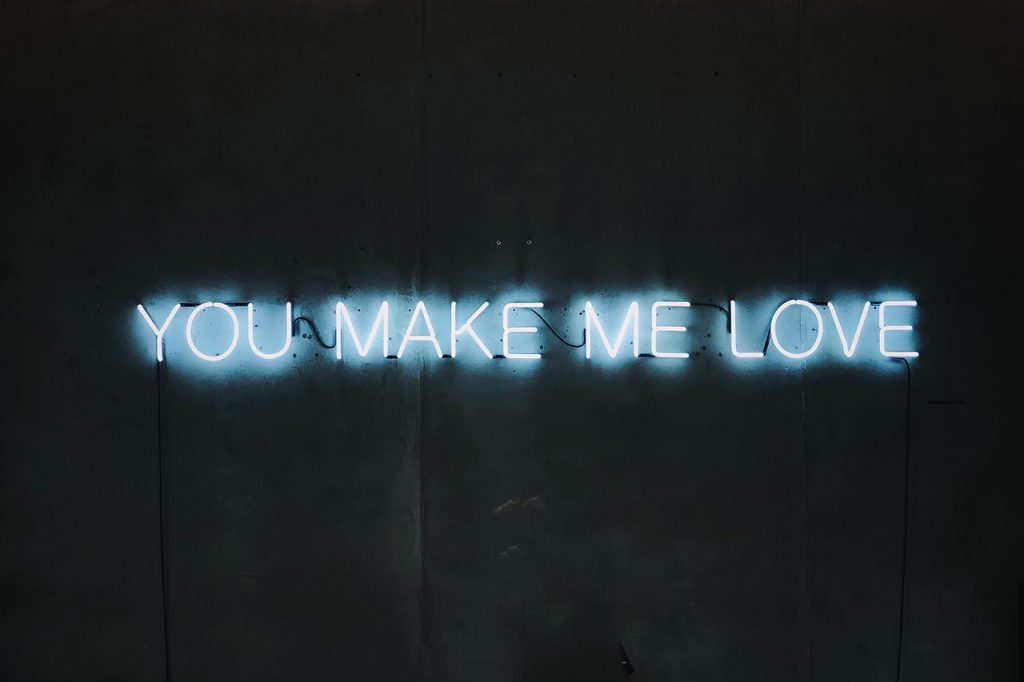
When it comes to the crucial measurement stage of an experience, our Campfire wondered what the most relevant metrics might be – and how we might innovate beyond existing metrics. (For more on this topic, see Campfire 22: New Metrics For A New Economy.)
Audette Sophia had the idea of flipping convention by asking participants to provide the metric that they found most important, rather than giving them set metrics to assess.
“I’ve created a third touchpoint, which is a before and after snapshot where they choose the metrics that are most significant for them that they want to improve upon. Then both I and the participant have evidence of how much we’ve been able to accomplish on their own metrics.”
Audette Sophia, experience designer and producer
This also provides an incentive for people to return to an experience, as they love to see what’s changed for themselves.
“It was really motivating them because when they got it once, they expected to get it again. Customers are not interested in us, they’re interested in themselves. And if we bring them something that actually enriches them, we’ve got them. I want my research participants to tell me that they actually learned something about themselves, so that they are engaged and give beautiful data.”
Aga Szóstek, experience strategist
When people learn something meaningful about themselves, they are also more likely to tell lots of others about it. And when they are transformed, it becomes, in Manrao’s words, “like a ripple”.
“There has to be a metric which brings in policy, advocacy, technology and sustainability. Transformation has to be a really widespread thing. It cannot be just one person. It’s like a ripple.”
Harsh Manrao, experience strategist
This is an idea that Szóstek is currently exploring through her idea of the next step in the hierarchy, which turns outwards from the self and into the world.
“Once we transform ourselves, we want to see that transformation spreading in the world.”
Aga Szóstek, experience strategist
It’s also worth bearing in mind that sometimes the metrics of an experience may be less tangible than pure ROI – especially when talking to clients. Arthur Zards has a neat trick for navigating being asked about the ROI of an experience.
“I say ‘do you love your husband, wife, partner, kids?’ They say of course. So what’s the ROI? How do you measure that you love somebody? What are some metrics that you can witness if somebody loves their partner? Similarly, what are some metrics or signals that show that the person is enjoying the experience? It’s very subjective. And that really puts people in their place!”
Arthur Zards, experiences designer
Alternative Capture For Alternative Metrics

When we’re talking about subjective metrics that deal in emotion, participant priming and experience types, we need to look outside the boundaries of how we might typically capture them. How can we be more creative than the simple, boring survey?
Organisational developer Adi Livneh thought we might look to body language as a way of measuring the value of an experience.
“How many people jumped high in the air when they were excited? How many jaws dropped? Or how many had tears in their eyes?”
Adi Livneh, organisational developer
In looking for an alternative to surveys, Lina Edris thought that rather than filling out a form addressed to the experience provider, we could fill it out as if we were telling a friend about the experience and whether we would recommend it. Chantal van Kempen wondered if we could look to classic magazine personality quizzes as a tool for defining how we create the next experience.
“I love the idea of making a quiz out of a survey. People learn something about themselves and you get your data.”
Aga Szóstek, experience strategist
Neuroscientist Doug Steel shared a fascinating case study from the health and social care sector that demonstrated an innovative way of defining and capturing alternative metrics.
“The leading cause of falls in the elderly is a lack of confidence in a person’s own ability, and line of sight to a caregiver is the most effective prevention of falls. Each fall costs a healthcare provider $32,000. So we’re doing experiential components of the living spaces of the elderly to give them more confidence.
We’re putting an LED ring of lights inside the toilet bowl. For men, that’s the target and for women, it’s the landing pad. We’re amping up the sensory environment: more light, more sound. And the outcome measure is increased socialisation. How much time are people spending in groups engaged in conversation and shared activity? It’s incredibly easy to measure: you just set up cameras and look at proximity to other people.”
Doug Steel, translational scientist
However we choose to capture these crucial measurements, we need to do it in a way that doesn’t feel threatening to creatives or compromise the creative process, as No Proscenium’s Laura Hess explained.
“From a consulting standpoint, on the experiential side there’s some pushback around how we’re measuring and evaluating. It needs to be integrated into the creative process in a way that doesn’t feel threatening, but instead feels like a framework expands on the creative process.”
Laura Hess, experiential creative and strategist
The WXO Take-Out
- Because experiences are at their foundation co-created, it’s important to consider what outcome you want to nudge your participant towards.
- Once you’ve defined whether you want to trigger attention, emotion, insight or change, you can map your experience design process against the hierarchy of experiences.
- Each experience type will require a different approach towards the three phases of experience – anticipation, participation and reflection.
- Measurement is crucial not only to understand the success of our experiences, but to demonstrate their value to investors, clients and employers.
- But the metrics we use – and how we capture them – are as highly specific as the experiences we create and the participants that enter them.
Want to be part of the most inspiring experience conversations in the world? Apply to become a member of the World Experience Organization here – to come to Campfires, become a better experience designer, and be listed in the WXO Black Book.






